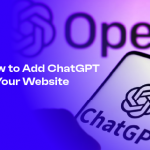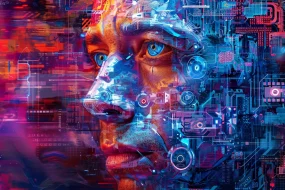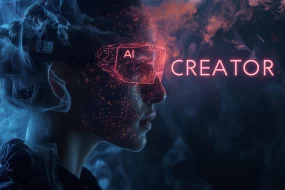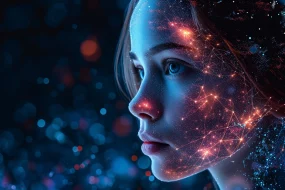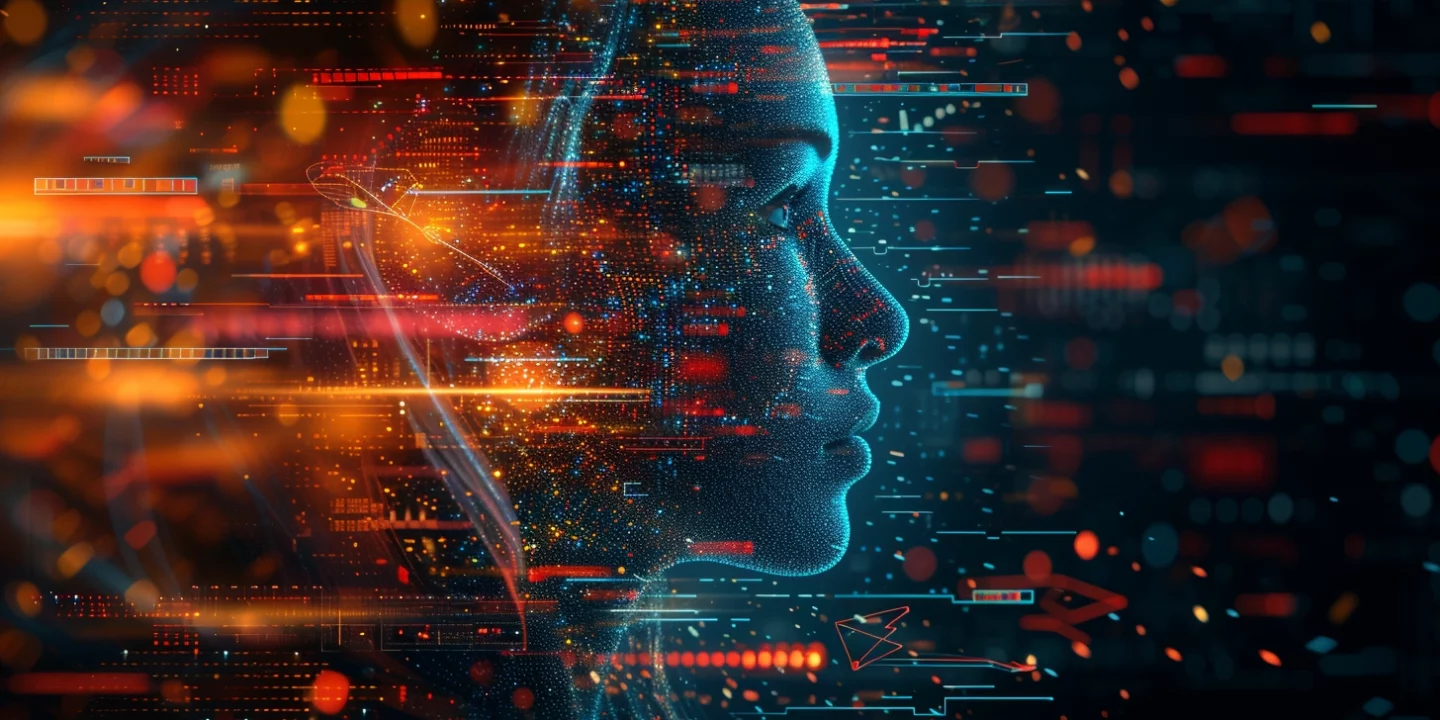
Imagine a world where machines don’t just analyze data, but use that knowledge to create entirely new things. This is the exciting realm of generative AI tools. These are software applications powered by artificial intelligence that can generate realistic and creative text, images, music, code, and even designs.
What Makes Generative AI Special?
Unlike traditional AI models trained for tasks like classification, generative AI goes beyond analysis. Here’s what sets them apart:
- Learning from the Masters: Generative AI tools are trained on massive datasets of existing content, like books, paintings, or musical pieces. They learn the underlying patterns and structures within this data, allowing them to replicate those patterns and generate new content that adheres to those styles.
- Pushing the Boundaries of Creativity: Generative AI doesn’t simply copy existing content. It uses its knowledge to create novel outputs, pushing the boundaries of creativity within a specific domain. Imagine an AI generating a new musical piece that captures the essence of jazz but introduces a unique twist.
- A Spectrum of Applications: The applications of generative AI tools are vast and ever-expanding. They can be used for creative endeavors like writing or music composition, or for practical purposes like code generation or drug discovery.
The generative AI landscape is constantly evolving, with new tools and advancements emerging all the time. Here’s a look at 20 of the leading generative AI tools in 2024, categorized based on their functionalities:
Text Generation:
- GPT-4 (OpenAI): This highly anticipated successor to GPT-3 promises even more advanced text generation capabilities, potentially including writing different kinds of creative content and answering your questions in an informative way. (Access restricted, research purposes only)
- Bard (Google AI): A powerful large language model (LLM) from Google AI, capable of generating different creative text formats, translating languages, and writing different kinds of creative content.
- Cohere Generate: This user-friendly platform offers a variety of text generation features, including writing different kinds of creative text formats, summarization, and code generation.
- ChatGPT (OpenAI): A well-known tool for generating realistic and engaging chat conversations, also capable of writing different kinds of creative text formats and answering your questions in an informative way.
Image/Video Generation:
- DALL-E 2 (OpenAI): This cutting-edge tool excels at generating photorealistic images from text descriptions, allowing for high customization and creative exploration.
- Midjourney: An AI art generation platform known for its dreamlike and artistic outputs, allowing users to create unique images based on text prompts.
- Stable Diffusion: An open-source image generation model with strong community support, offering high-quality image generation and extensive customization options.
- Nightcafe Creator: A user-friendly platform that combines multiple AI models for image generation, allowing for exploration of different artistic styles and creative outputs.
- Descript: Primarily a video editing tool, Descript also boasts powerful AI features for generating realistic voiceovers and replacing existing audio in videos.
Code Generation:
- GitHub Copilot: This AI assistant integrates with popular coding environments like Visual Studio Code, suggesting code completions and even entire functions based on your coding context.
- AlphaCode (DeepMind): A research project from DeepMind that pushes the boundaries of code generation, capable of writing entire programs from scratch based on natural language descriptions. (Limited access)
- Tabnine: Another AI code completion tool that learns from your coding style and offers relevant suggestions to improve your workflow and potentially write different kinds of creative text formats.
Music Generation:
- Jukebox (OpenAI): This research project showcases impressive music generation capabilities, creating musical pieces in various styles based on user prompts.
- Amper Music: A platform that allows users to create and explore different musical pieces using AI, offering a range of musical styles and generation options.
- MuseNet (Google AI): This open-source music generation tool allows users to experiment with different AI models and generate musical pieces of varying complexities.
Generative Design:
- Generative Design Tools by Autodesk: Autodesk offers a suite of generative design tools that utilize AI to explore a vast range of design possibilities based on user-defined parameters, optimizing product design for specific purposes.
- Dassault Systèmes’ Generative Design Solutions: Similar to Autodesk, Dassault Systèmes offers generative design tools that can be applied to various industries, allowing for data-driven design optimization and exploration.
General-Purpose AI Tools:
- ClickUp AI (ClickUp): This project management tool integrates AI functionalities, including content generation, summarization, and reformatting, streamlining content creation tasks within the platform.
- Synthesia: While not strictly a generative AI tool, Synthesia utilizes AI to create realistic talking-head videos, allowing users to generate videos with different avatars and text prompts.
- Designs.ai: This AI-powered design platform offers various features like automatic logo generation, image background removal, and mock-up generation, assisting with creative design tasks.
Choosing the Right Tool
The best generative AI tool for you depends on your specific needs and goals. Consider the type of content you want to generate, the level of customization required, and the ease of use when selecting your tool. Remember, generative AI is a rapidly evolving field, so keep an eye out for new and innovative tools emerging in the future!
The Future of Creation: A Generative Partnership
Generative AI tools are still evolving, but their potential is undeniable. As these tools continue to develop, they have the potential to revolutionize various aspects of our lives, from creative endeavors to scientific discovery. However, it’s important to remember that generative AI is not meant to replace human creativity. Instead, it serves as a powerful tool to augment human capabilities and foster a collaborative approach to creation.
Ready to Dive In?
Intrigued by the possibilities? The next step is to explore the specific tools available. Remember, the best generative AI tool for you depends on your specific needs. Whether you’re a writer, musician, designer, or simply someone curious about the future of creativity, generative AI tools offer exciting possibilities waiting to be explored.




